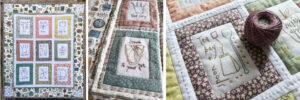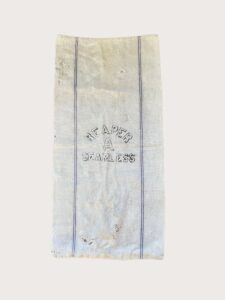 Since I first heard the term Feed Sack fabric, I was intrigued. As I child I helped out on a farm and feed sacks to me meant rough and ready hessian sacks that I could never imagine using to make an item of clothing or a quilt. Then I discovered the gorgeous cotton prints of 1930s American feed sacks and things fell into place.
Since I first heard the term Feed Sack fabric, I was intrigued. As I child I helped out on a farm and feed sacks to me meant rough and ready hessian sacks that I could never imagine using to make an item of clothing or a quilt. Then I discovered the gorgeous cotton prints of 1930s American feed sacks and things fell into place.
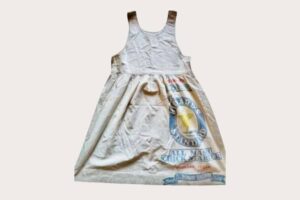
I read up on the history and found that out of necessity every scrap of fabric that could be repurposed was used. From the 1840s grains, animal feed, sugar, flour, beans and seeds etc were all packaged in cotton bags. Once emptied the bags were washed and used to make all manner of clothes and household items like aprons and quilts. In the 1920s, the cotton bags were made from softer fabric and manufacturers started to print water soluble labels and sewing patterns on their sacks to encourage the practice and make life easier for the home sewer.
During the Great Depression of 1929-1939, the repurposing of feed sacks became even more prolific. Many people were living hand to mouth and the only way of clothing themselves or keeping warm was to make clothes and quilts from the free fabric that came in the shape of the bag. A 100lb feed sack could be opened to create a yard of 44″ fabric–enough for a child’s dress, and about 3 pieces made an adult size garment.
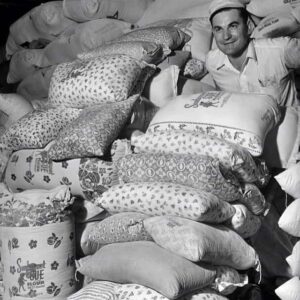
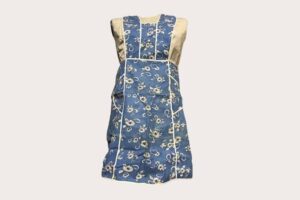
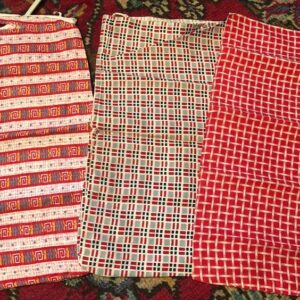
In the 30s competition became more fierce as manufacturers vied to produce the most attractive prints to entice women to choose their product. The 40s were the heyday of feed sack sewing due to the shortages of WW2. There were competitions to encourage the use of every tiny scrap of fabric and so we see lots of scrappy quilts made at this time and the popularity of the postage stamp quilt made from inch squares of fabrics.
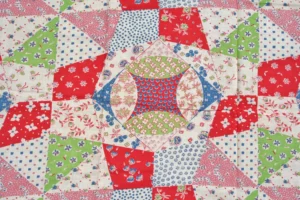
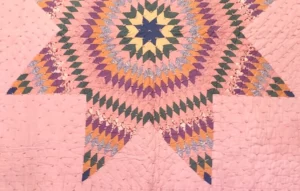
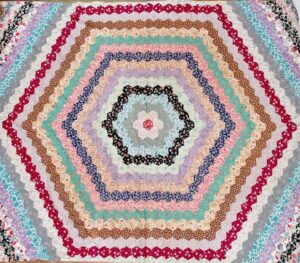
When we think of feed sacks we cannot imagine how colourful some of them were but looking at photos we can see that the vibrant feedsack inspired fabrics of today are true to the originals.
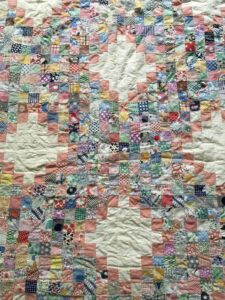
There is plenty of information available online on this fascinating subject, some of which can be found HERE and HERE
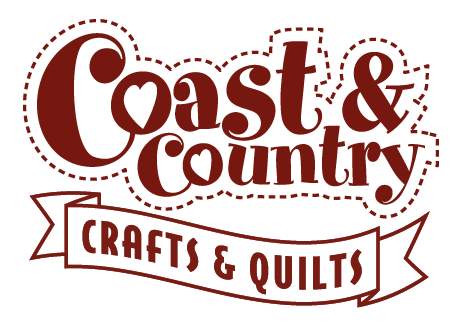
 01872-870478
01872-870478

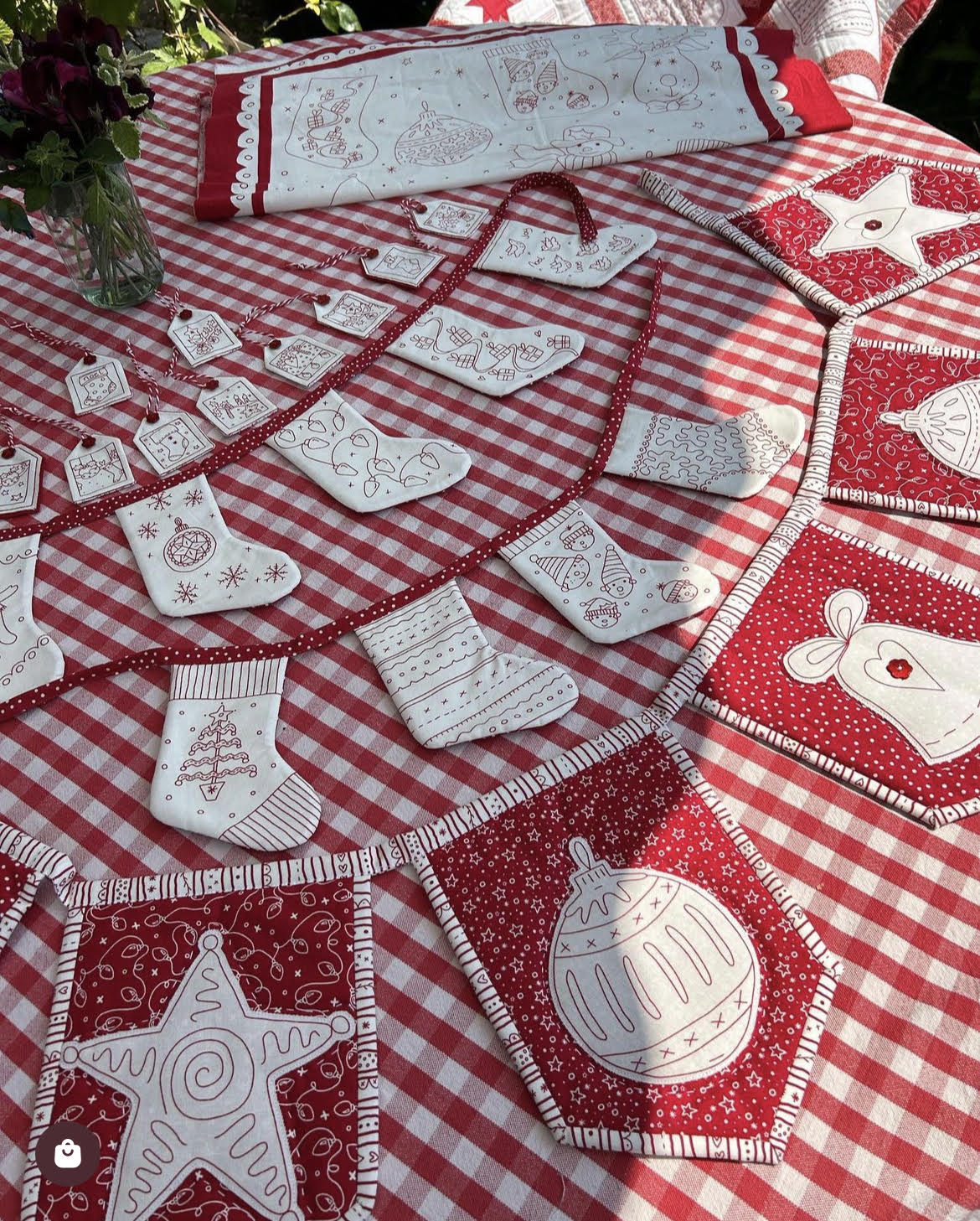
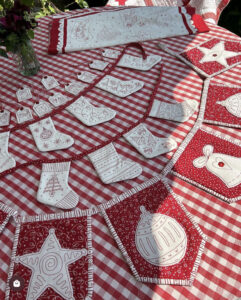
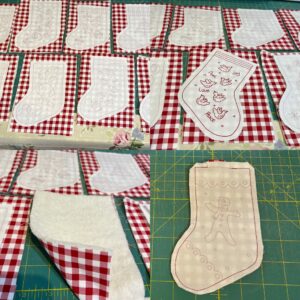
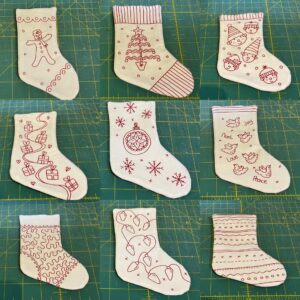
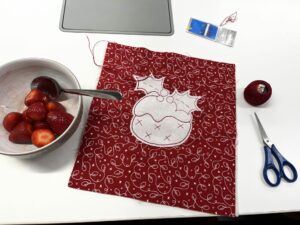
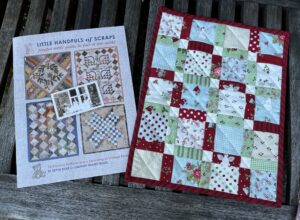
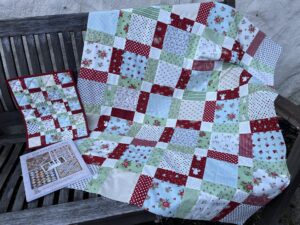
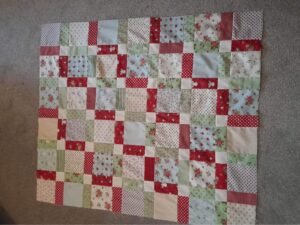

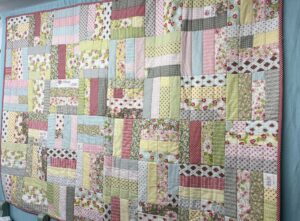



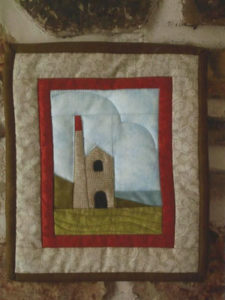

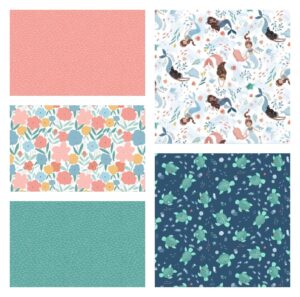


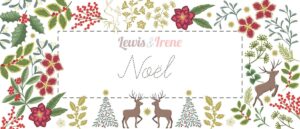


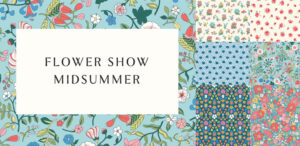 Liberties Fabrics are internationally recognised as a leader in print design and textiles. They have created original and inspiring designs since 1875, and each season the Liberty’s studio designs new original prints, adding to their vast collection of iconic florals, paisleys, graphic geometrics and colourful conersationals. This season is no different with their stunning NEW RELEASE,
Liberties Fabrics are internationally recognised as a leader in print design and textiles. They have created original and inspiring designs since 1875, and each season the Liberty’s studio designs new original prints, adding to their vast collection of iconic florals, paisleys, graphic geometrics and colourful conersationals. This season is no different with their stunning NEW RELEASE, 